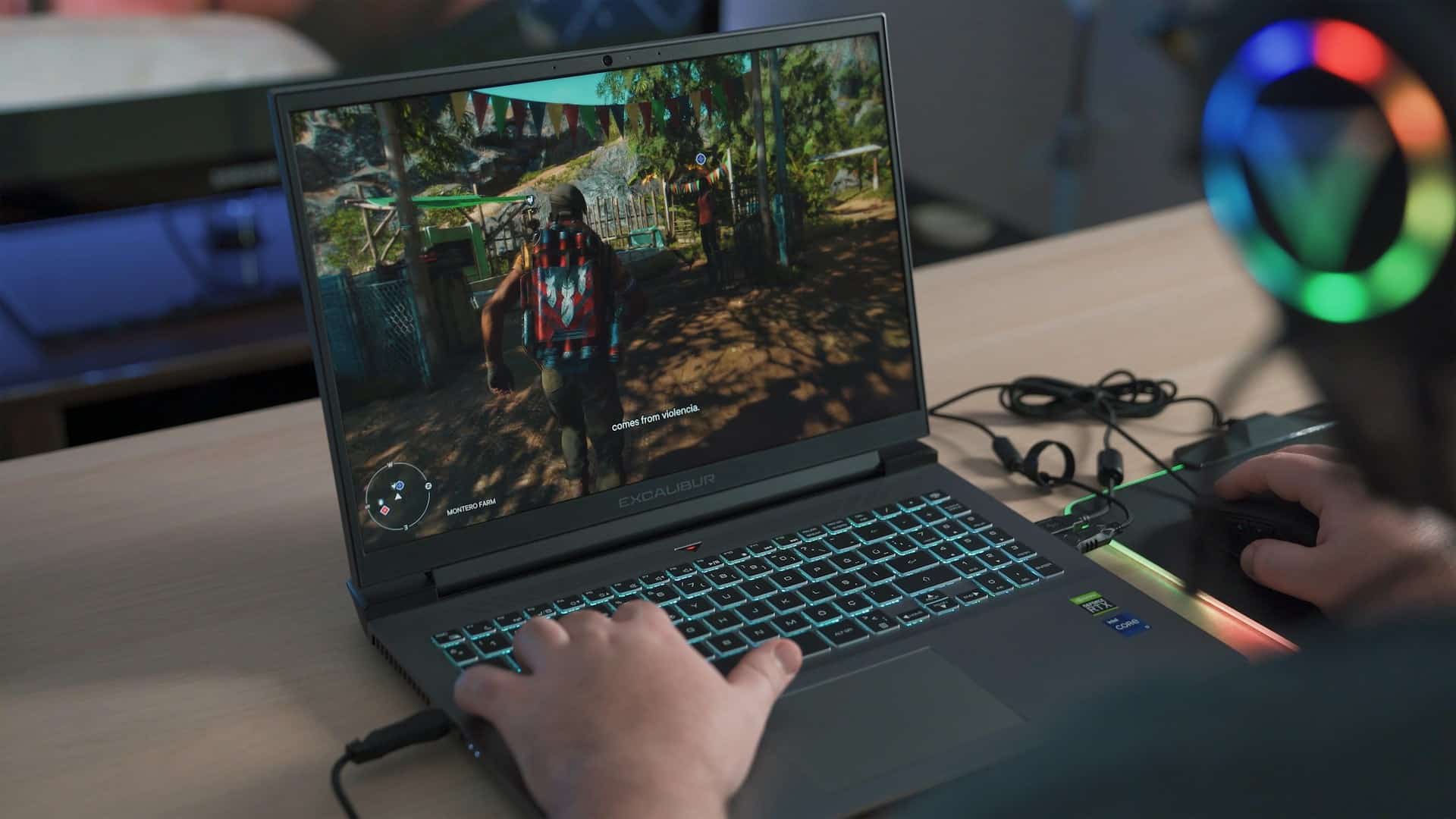What are the steps to install and configure a high-end sound card in a custom-built audio production PC?

Audio production requires a computer system tailored to meet the demands of handling high-quality sound. Music production involves the use of various components that ensure clear and exceptional audio output. One such component is the sound card, a critical part of the system that enhances the quality of the sound produced. This article is designed to guide you through the process of installing and configuring a high-end sound card in a custom-built audio production PC.
Understanding the importance of a Sound Card
Before diving into how to install and configure a sound card, let's first understand its significance. The sound card is a hardware component that manages the input and output of audio signals in a computer. It plays a critical role in audio production, providing a bridge between the software used to produce music and the speakers that emit the sound.
A lire en complément : How do you optimize a gaming laptop with an external monitor for competitive eSports?
The sound card has an impact on the latency of your system. Latency refers to the delay between an audio signal being sent from a source and when it is heard. This delay can impact the quality of audio production, especially when recording or mixing music. A high-end sound card reduces this latency, providing a smoother, more efficient production process.
Choosing the right Sound Card
Choosing the right sound card is an essential consideration when building a custom audio production PC. The card you choose will significantly influence the overall performance of your system. When selecting a sound card, consider its compatibility with your computer's CPU and whether it matches the power that your system can provide.
Lire également : How do you configure a secure file-sharing system using an OpenMediaVault on a custom-built server?
Also, review the audio interfaces that the card offers. Some high-end sound cards come with multiple inputs and outputs, allowing for the connection of various audio devices. Consider the number of inputs and outputs you will need for your audio production setup. Ensure that the card can support the audio quality that you aim to achieve, considering factors such as the sampling rate and bit depth.
Installation of the Sound Card
Once you have selected the right sound card, the next step is the installation. Begin by switching off your computer and unplugging it from the power source. Locate the PCIe slot on your motherboard where the sound card will be installed. This slot is usually near the back of the computer, has a wider notch compared to other PCIe slots, and is typically colored differently.
Remove the protective cover from the PCIe slot and align your sound card with the slot, ensuring it fits perfectly. Press the card gently into the slot until it clicks into place. Secure the sound card using the screw that was holding the protective cover in place. Finally, connect the card to the power supply unit using the power cable that comes with the sound card.
Configuring the Sound Card
After installing the sound card, it's time to configure it for optimal performance. After restarting your computer, install the necessary drivers for the sound card. Drivers are software that allow your operating system to communicate effectively with the hardware.
Next, configure the audio settings on your computer. Go to the sound settings on your computer and select the new sound card as the default audio device. Adjust the speaker and microphone levels to your preference. Ensure you test the sound to confirm that everything is functioning correctly.
Integrating the Sound Card with Music Production Software
Once the sound card has been configured, the final step is to integrate it with your music production software. Open your audio production software and go to the audio preferences or settings. Select the new sound card as the audio interface. Adjust the settings based on your production needs. This might include tweaking the input and output levels, setting the sampling rate, and adjusting the buffer size to manage latency.
Remember to make sure that your system has adequate RAM to handle the demands of music production. This could mean upgrading your RAM or ensuring your computer's resources are optimally managed. An audio production PC requires a sufficient amount of RAM to ensure smooth performance.
Through the steps outlined above, you are prepared to install and configure a high-end sound card in a custom-built audio production PC. This process will ensure that your system delivers the high-quality sound that is essential for professional music production.
Performance Tuning for Optimal Sound Quality
Once you have integrated your sound card with your music production software, the next phase is performance tuning to ensure you achieve optimal sound quality. The performance tuning process involves tweaking the settings of both the sound card and the music production software.
Most high-end sound cards come with their own control panel or software that can be used to adjust the settings of the sound card. This can include settings such as the sample rate, bit depth, clock speed, and buffer size, which can all impact the quality of the audio output and the latency of the sound system.
In the control panel or software of the sound card, verify that the sample rate and bit depth are set to the highest quality your system can handle without causing disruptions. This ensures you are getting the best audio quality that your system can provide.
Next, you move to the buffer size. The buffer size is crucial for the low latency performance of your sound card. A smaller buffer size means lower latency but it also puts more strain on your CPU. If the buffer size is too small, your system might not be able to process the audio fast enough, which can cause audio dropouts or glitches. Experiment with different buffer sizes to find the optimal balance between low latency and system stability.
When it comes to your music production software, it's also important to optimize the settings for the best performance with your sound card. This can include setting the correct audio interface, adjusting the levels of the virtual instruments, and setting the correct clock speed for your audio workstation.
With proper performance tuning, you can ensure that your custom-built audio production PC provides the highest quality sound output for your music production needs.
Conclusion: Achieving High-Quality Sound with a High-End Sound Card
In conclusion, installing and configuring a high-end sound card in a custom-built audio production PC can significantly enhance the quality of music production. The sound card serves as a crucial link between the software used to produce music and the speakers that deliver the sound.
While the process of installing and configuring a sound card might seem daunting, the steps outlined above make the process straightforward. From understanding the importance of a sound card, to choosing the right one, installing it, configuring it, integrating it with the music software, and finally performance tuning for optimal sound quality.
Remember that a high-end sound card is just one component of an audio production system. Other components such as the CPU, RAM, operating system, power supply, and music production software also play a significant role in the overall performance and output quality of the system.
With the right sound card and optimal configuration, you can achieve low latency, high-quality sound output that meets professional music production standards. So whether you are recording, mixing, or producing music, a high-end sound card in a custom-built audio production PC can provide the performance and quality that you need.
